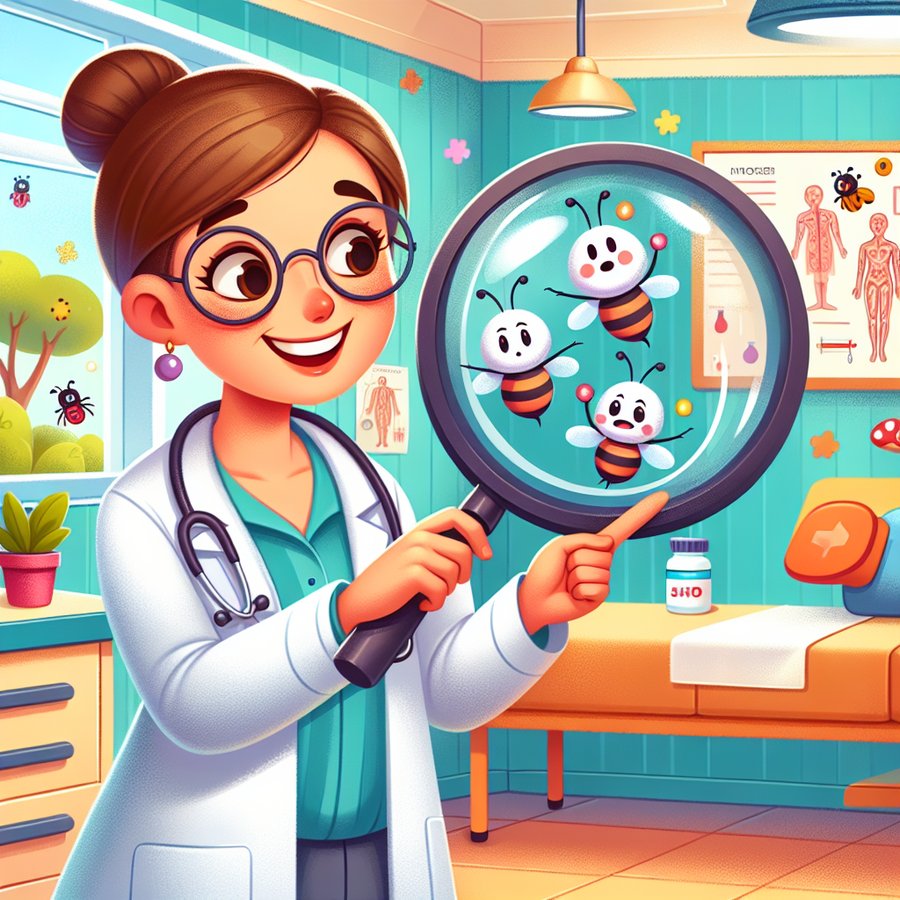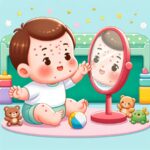Erythema Toxicum is a term that might not be familiar to many, but for new parents, understanding this common newborn condition can be crucial. Characterized by small, red patches that might have a tiny white or yellow dot at the center, it can appear quite alarming to a new parent. However, Erythema Toxicum is generally harmless and typically resolves on its own without treatment. In this comprehensive guide, we delve deep into what Erythema Toxicum is, its causes, symptoms, and management strategies to provide reassurance and knowledge to new parents navigating the first days and weeks of parenthood.
What is Erythema Toxicum?
Erythema Toxicum, also known as Erythema Toxicum Neonatorum (ETN), is a common skin reaction observed in newborn babies. The condition is characterized by a blotchy red rash, which can appear anywhere on the body, except the palms of the hands and soles of the feet. Despite its somewhat daunting name and appearance, Erythema Toxicum is benign and does not pose any threat to the baby’s health.
Typically, the rash emerges within the first few days after birth and can last for up to two weeks. The exact cause of Erythema Toxicum is unknown, but it is believed to be a normal response of the newborn’s immune system to the new environment outside the womb. This condition does not cause any discomfort to the baby, and most importantly, it is not contagious.
How to Identify Erythema Toxicum
Identifying Erythema Toxicum involves observing the distinct features of the rash. The rash consists of small, red patches or spots, which may have a small pustule or blister at their center. These spots are usually surrounded by a patch of red skin, giving it a somewhat alarming appearance to parents. However, the presence of these spots is typically the only symptom of Erythema Toxicum, and they do not cause any discomfort to the baby.
It’s essential for new parents to become familiar with the appearance of Erythema Toxicum so that they can distinguish it from other skin conditions that may require medical attention. If unsure, consulting a healthcare provider for a proper diagnosis is always the best course of action. For visual examples, reputable medical websites offer resources and pictures to help parents identify this condition (e.g., Mayo Clinic’s Diseases and Conditions page).
Managing Erythema Toxicum
Given that Erythema Toxicum is a harmless condition that resolves on its own, specific treatment is typically not necessary. However, understanding how to manage the condition can help new parents feel more at ease while waiting for the rash to disappear. The best approach is to maintain regular skincare routines, ensuring that the baby’s skin is clean and dry.
Moisturizing the baby’s skin with mild, fragrance-free products can also be beneficial, although it’s important to avoid applying creams or ointments directly to the rash unless advised by a healthcare professional. Keeping the baby comfortable and monitoring the rash for any signs of infection, such as increased redness, swelling, or discharge, are key management strategies. If any of these signs are present, it’s crucial to seek medical advice promptly.
When to Seek Medical Advice for Erythema Toxicum
While Erythema Toxicum is benign and self-limiting, there are circumstances where seeking medical advice is necessary. If the rash persists beyond two weeks, shows signs of infection, or if the baby appears to be in distress or discomfort, consulting a healthcare provider is essential. Additionally, if parents are unsure whether the rash is indeed Erythema Toxicum or another condition that might require treatment, such as baby acne or atopic dermatitis, a medical evaluation can provide peace of mind and ensure proper care.
Understanding the signs of more serious conditions, such as infections or allergic reactions, and knowing when to seek help, are crucial aspects of newborn care. For more information on newborn skin conditions and when to seek medical advice, visiting resources like Erythema Toxicum on Baby Whys and Hows can be incredibly valuable.
Conclusion
Erythema Toxicum is a common, harmless skin condition that affects many newborns. Understanding its characteristics, how to identify it, and its management can significantly ease the concerns of new parents. By recognizing that this condition is a normal part of many babies’ early lives and knowing when it’s necessary to seek medical advice, parents can ensure their newborn’s health and well-being during their first weeks of life.
New parents are encouraged to educate themselves on various newborn conditions and to consult healthcare professionals with any concerns. Knowledge is power, and in the case of Erythema Toxicum, it’s the key to peace of mind during the exciting yet challenging first days of parenthood.













